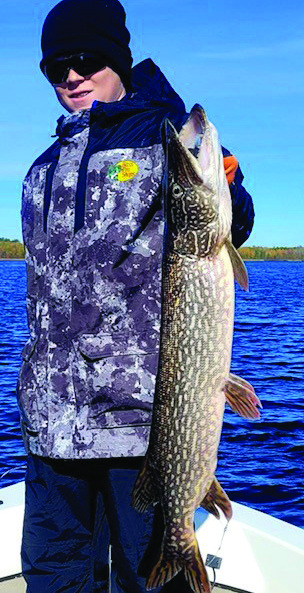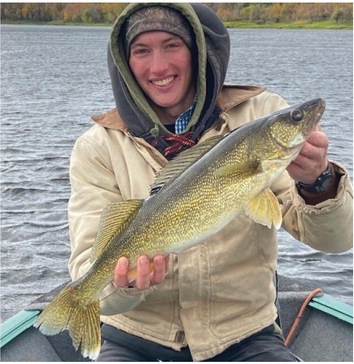As deer hunters enjoy current hunting seasons and 400,000 hunters prepare for the opening of firearms deer season on Saturday, Nov. 5, the Minnesota Department of Natural Resources reminds them to plan ahead for a safe and enjoyable hunt. The DNR’s online make a plan tool (mndnr. gov/DeerHunt) provides a comprehensive step-by-step list of information hunters need to consider before heading to deer camp. The tool covers topics including hunting regulations, deer processing, chronic wasting disease sampling, safety and how to make the most out of a hunt. To use the online tool, hunters need their deer permit area number, which they can find on an interactive deer map. In Minnesota, archery deer season began Sept. 17 and continues through Saturday, Dec. 31; firearms deer season begins Saturday, Nov. 5, with various closing dates depending on a hunter’s DPA; and muzzleloader season is Saturday, Nov. 26, through Sunday, Dec. 11.




